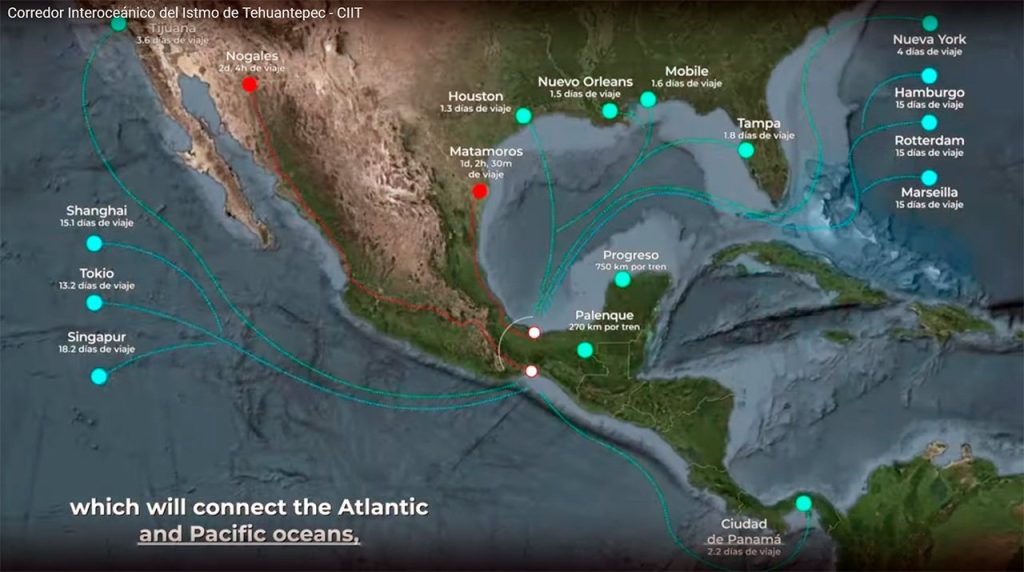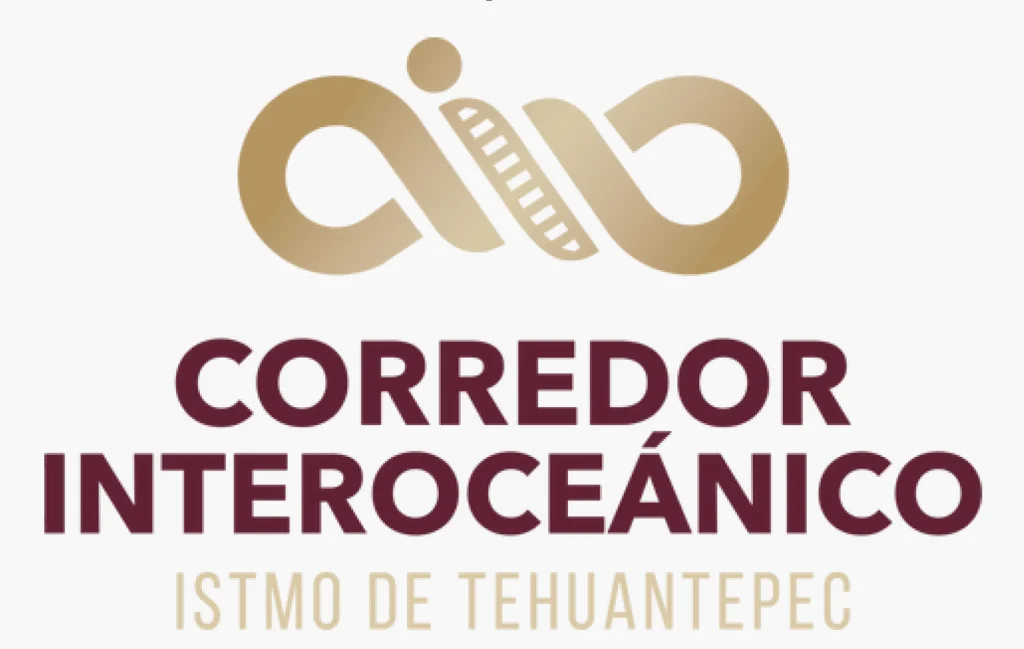
The New Order of World Trade
January 31, 2025
By: Dr. Juan Carlos Ordóñez, CEO of Mesoamérica Import & Export Inc. and Partner at IMPULSORA, April 8, 2025
In the new commercial order, driven by tariff issues and the trade conflict between China and the US, a minimum 10% tariff for all countries except Mexico and Canada presents a new way of conducting world trade. In this scenario, free trade agreements with greater protection (USMCA), the negotiation capacity of technical teams, nearshoring, and the implementation of Artificial Intelligence and the latest technologies in world trade (TradeTech) will be key to excelling. For Mesoamérica Import & Export Inc. (MIX), the key to these elements and their processes lies in having a clear vision for each value chain, to design and understand them in detail and in depth. This results in efficient work, minimizing time and money spent. For this purpose, it is important to understand and differentiate between the main links of the global trade value chain and the services surrounding them in each region or zone. The actors and their unique idiosyncrasies are the engine that drives trade. For example, a single product or service involves the isolated work of companies, conglomerates, clusters, regions, and local, state, federal, country, and regional or global organizations. These complex interactions of global trade complicate the system’s functioning. These elements must be organized with a value chain approach at the territorial level—whether at the zone, country, or regional level—to be competitive and offer investors the best conditions for their money.
Based on the above, one of the best spaces for investment right now is the Interoceanic Corridor of the Isthmus of Tehuantepec (CIIT) and its similar counterparts established in Yucatán and other regions of Mexico, with all their fiscal benefits, location, transportation, connectivity, and more. Within the CIIT, you can invest, produce, and export in a mega free zone that is also under the protection of the USMCA, nearshoring, and the benefit of a potential technological platform (TRADETECH).
Coupled with this, Mexico’s leadership and the CIIT, by complementing the Panama Canal and the geostrategic location of the thin Central American strip, can turn the Mesoamerican region into a COMMERCIAL AND TECHNOLOGICAL PLATFORM (MESOAMERICAN TRADETECH) dedicated to world trade. In the context of the new commercial order, with Mexico’s leadership, the region would have the lowest tariff impacts, making Mexico and the CIIT one of the best investment spaces in the world. The Mesoamerican region, where the CIIT and the Panama Canal are located, is considered one of the safest International Trade regions in the world. This is why having one of the largest and best consumer markets (the US) next to Mexico, its main trading partner ($475 billion in 2023 according to Bloomberg), largely due to the benefits of the USMCA and nearshoring, is so significant. Starting in 2023, Mexico already has a visionary project that has been developing for two centuries: the CIIT. This will cause an exponential effect on the benefits of the USMCA, nearshoring, and TradeTech. These strategic combinations will give the region a major economic and social takeoff. Therefore, this COMMERCIAL AND TECHNOLOGICAL PLATFORM will immediately make the benefits of being part of the USMCA, nearshoring, and TradeTech available to all companies that join its development poles. With the CIIT, Mexico will become the interconnection center for world markets. This, along with the benefits already mentioned, represents an opportunity to create new, more modern, and efficient development poles with the latest technologies, in addition to the momentum of short-sea shipping that must and should explode to improve connectivity between Mexico and the Mesoamerican region, as well as between Mexican regions themselves and the projects that will be implemented within the poles, offering an unparalleled investment landscape.

